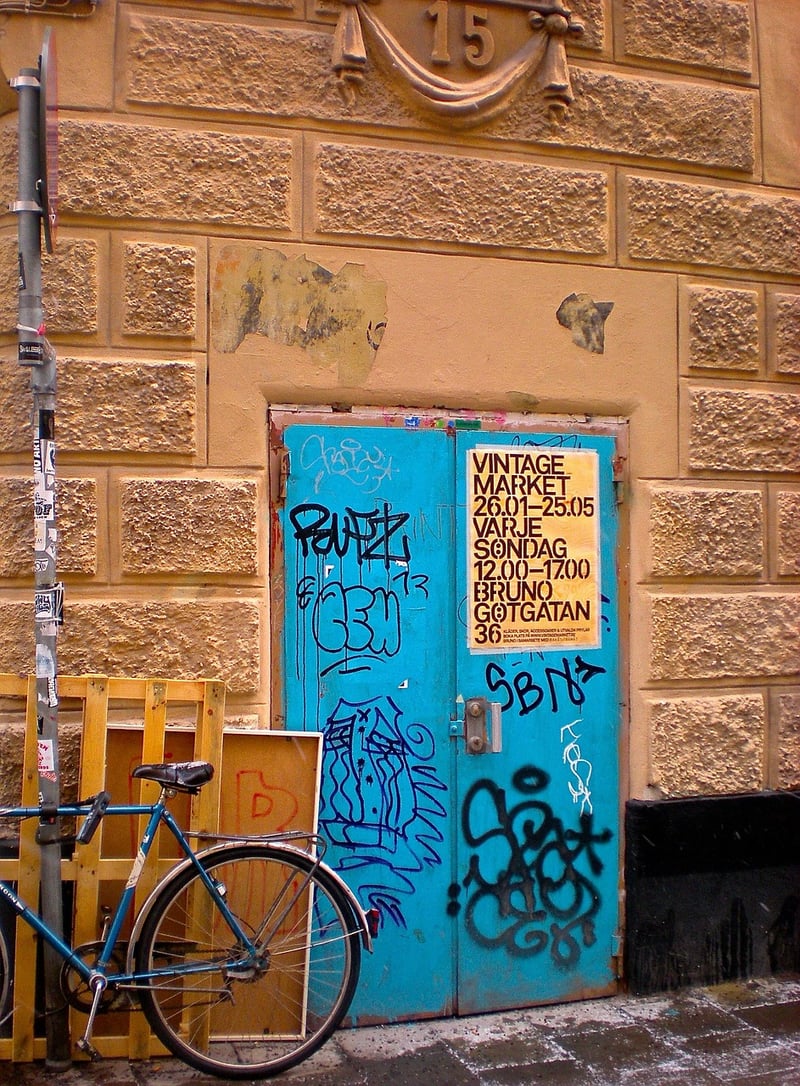Bootstrap Paradox

The Fascinating World of Time-Travel Paradoxes and the Bootstrap Paradox
Time travel has been a popular concept in science fiction for decades, captivating audiences with its mind-bending possibilities and paradoxes. One of the most intriguing paradoxes in time travel is the Bootstrap Paradox, which challenges our understanding of cause and effect. Let's delve into the world of time-travel paradoxes and explore the intricacies of the Bootstrap Paradox.
What is a Time-Travel Paradox?
A time-travel paradox is a situation that arises when the very existence of time travel leads to logical contradictions. These paradoxes often challenge our conventional understanding of time, causality, and the nature of reality.
The Bootstrap Paradox Explained
The Bootstrap Paradox, also known as a causal loop, occurs when an object or information is sent back in time and becomes trapped in an infinite loop with no clear origin. In simpler terms, it raises the question of what came first – the chicken or the egg?
Imagine a scenario where a time traveler goes back in time and gives Beethoven a copy of his own compositions. Beethoven then publishes these compositions under his name, and they become famous. In this loop, the compositions have no discernible origin – they exist without a creator, creating a paradoxical situation.
Implications of the Bootstrap Paradox
The Bootstrap Paradox challenges our understanding of causality and raises philosophical questions about free will and determinism. It suggests that events can be trapped in a perpetual cycle with no clear beginning or end, blurring the lines between cause and effect.
Conclusion
Time-travel paradoxes like the Bootstrap Paradox offer a glimpse into the complex and puzzling nature of time itself. While these paradoxes may seem like mere thought experiments, they push the boundaries of our imagination and invite us to question the fundamental principles of our reality.